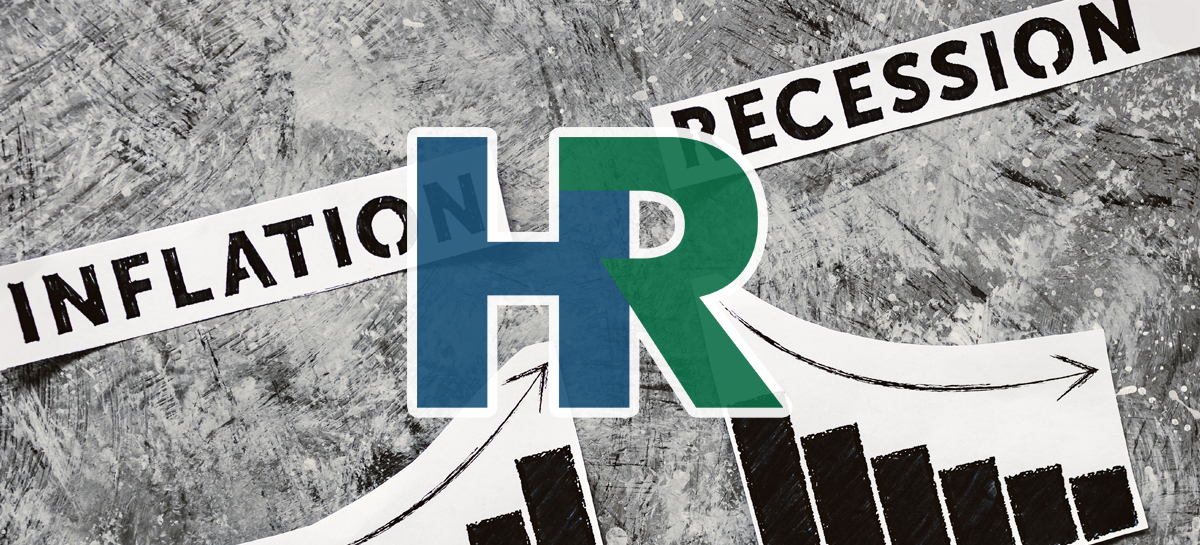Employment trends expert Rob Wilson weighs in on how employers can prepare for a recession

While many people were encouraged by the positive jobs report at the beginning of the month, other experts say that we should brace ourselves for the possible reality of another recession.
“The fact that we added so many jobs in June is wonderful news, but it can also be very misleading,” says Rob Wilson of Employco USA, an employment solutions firm with locations across the country. “I think part of the reason why we gained so many jobs at the start of the summer is that many college-aged kids and young people took summer work, but when fall hits, I think we may have disappointing numbers again.”







 As counties and states across the nation drop their mask mandates, Americans are at odds over whether the decision to un-mask is safe or not.
As counties and states across the nation drop their mask mandates, Americans are at odds over whether the decision to un-mask is safe or not. Truckers protesting mandated vaccines at the Canadian border have vastly slowed down the supply chain, which was sputtering back to a slow start after a difficult year. However, supply chain slowdowns are just the tip of the iceberg when it comes to the issues that are arising from vaccine mandates.
Truckers protesting mandated vaccines at the Canadian border have vastly slowed down the supply chain, which was sputtering back to a slow start after a difficult year. However, supply chain slowdowns are just the tip of the iceberg when it comes to the issues that are arising from vaccine mandates.